These Are the Traces You Leave on Your Smartphone
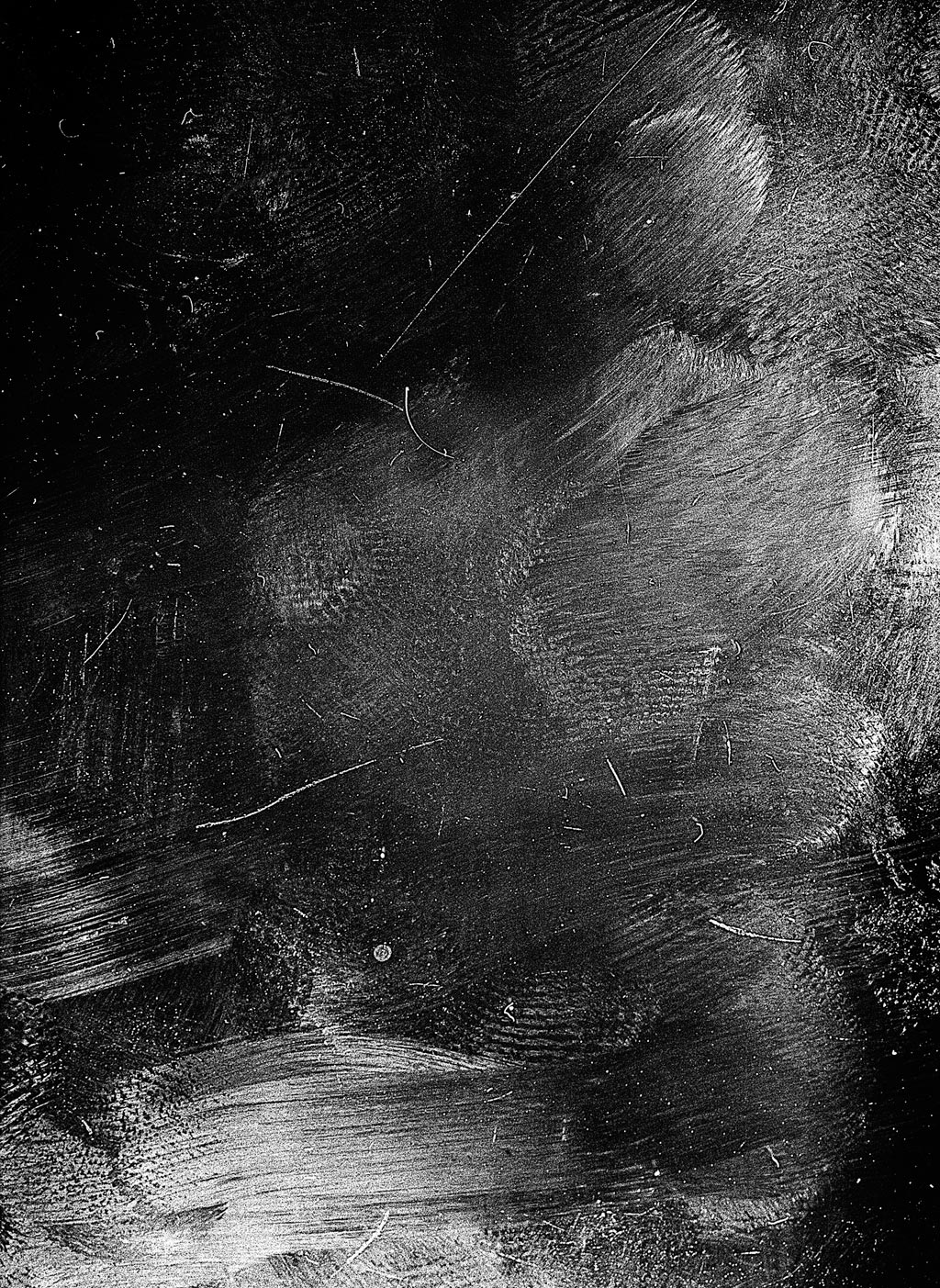
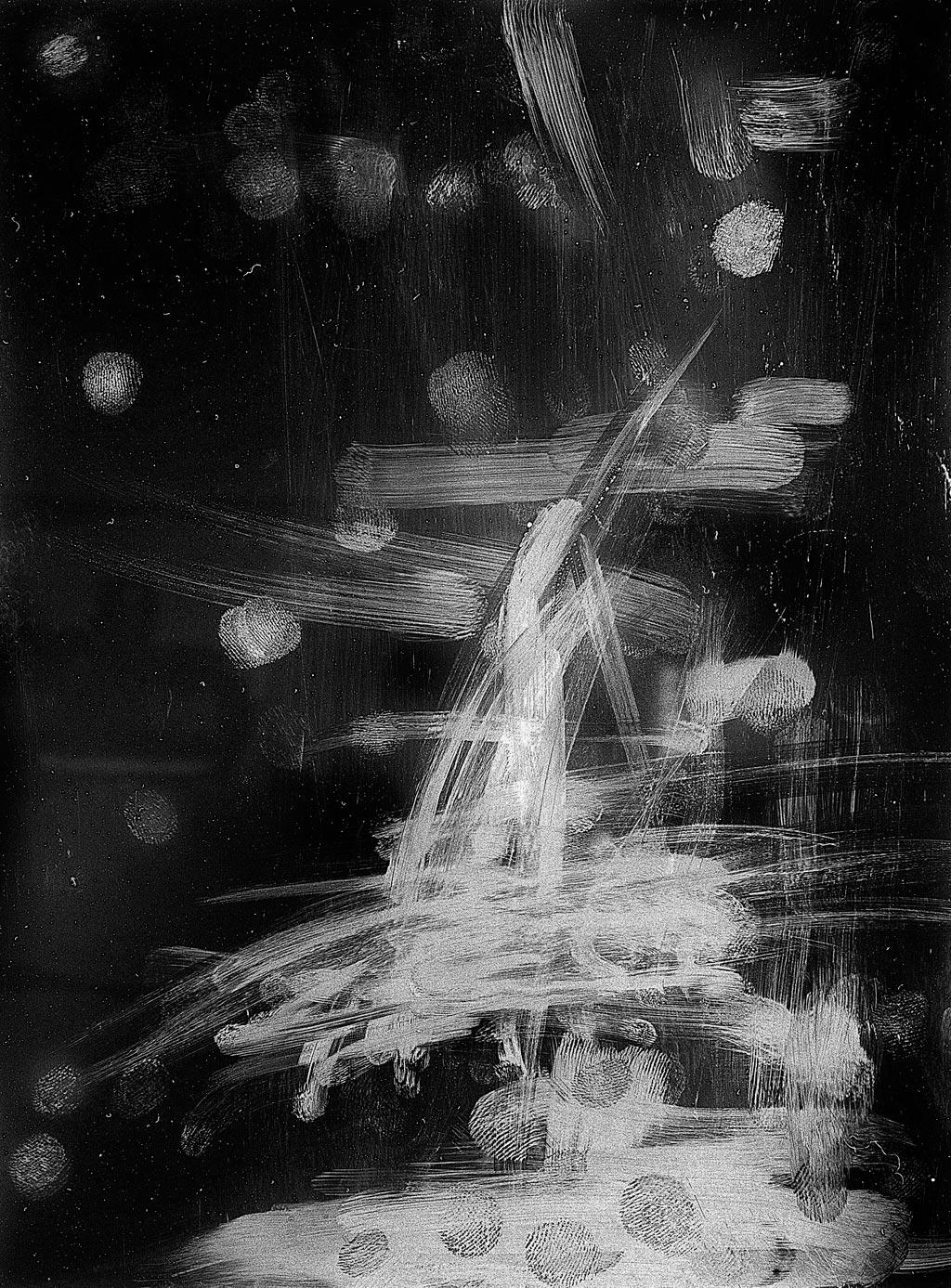
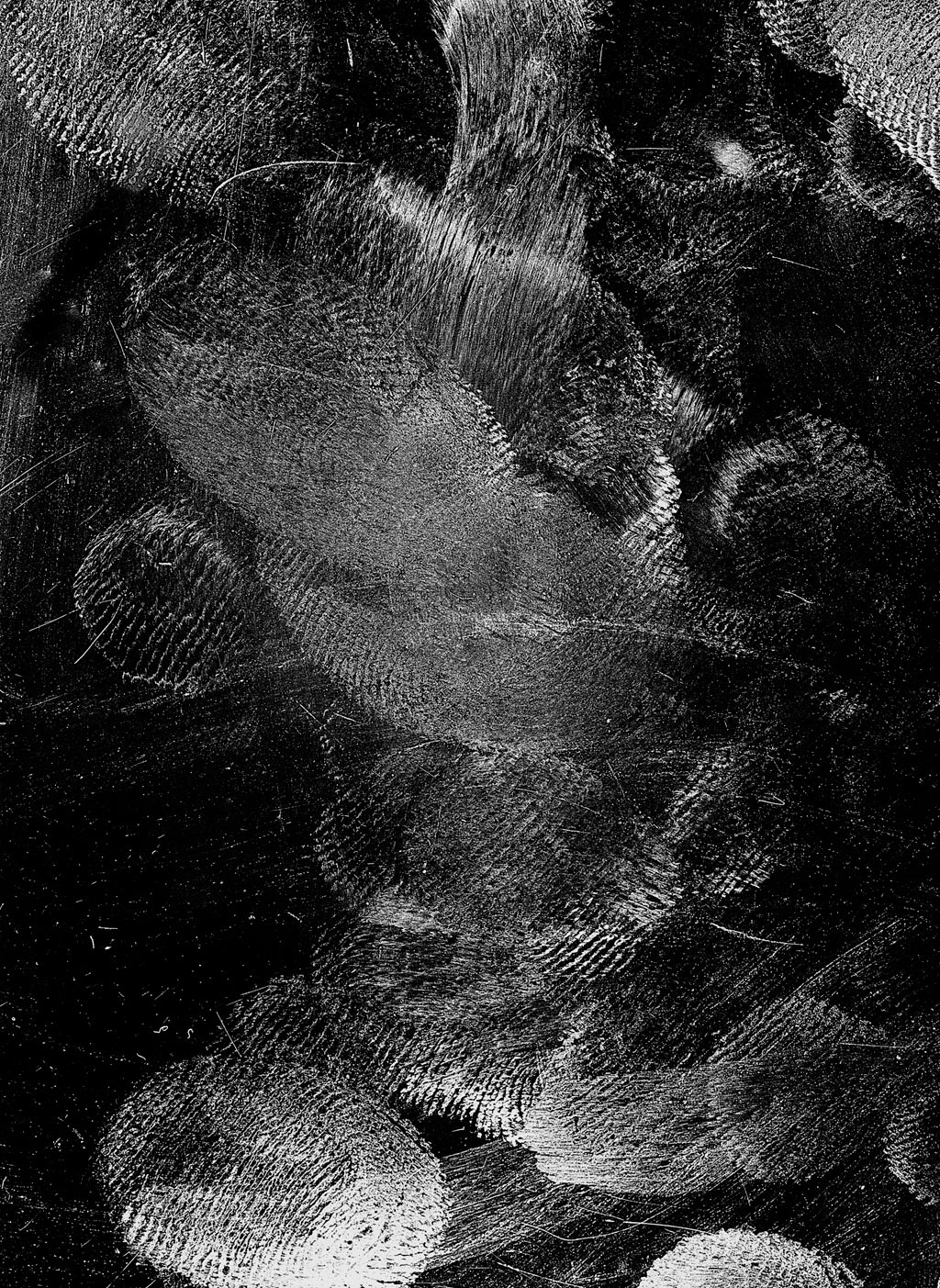
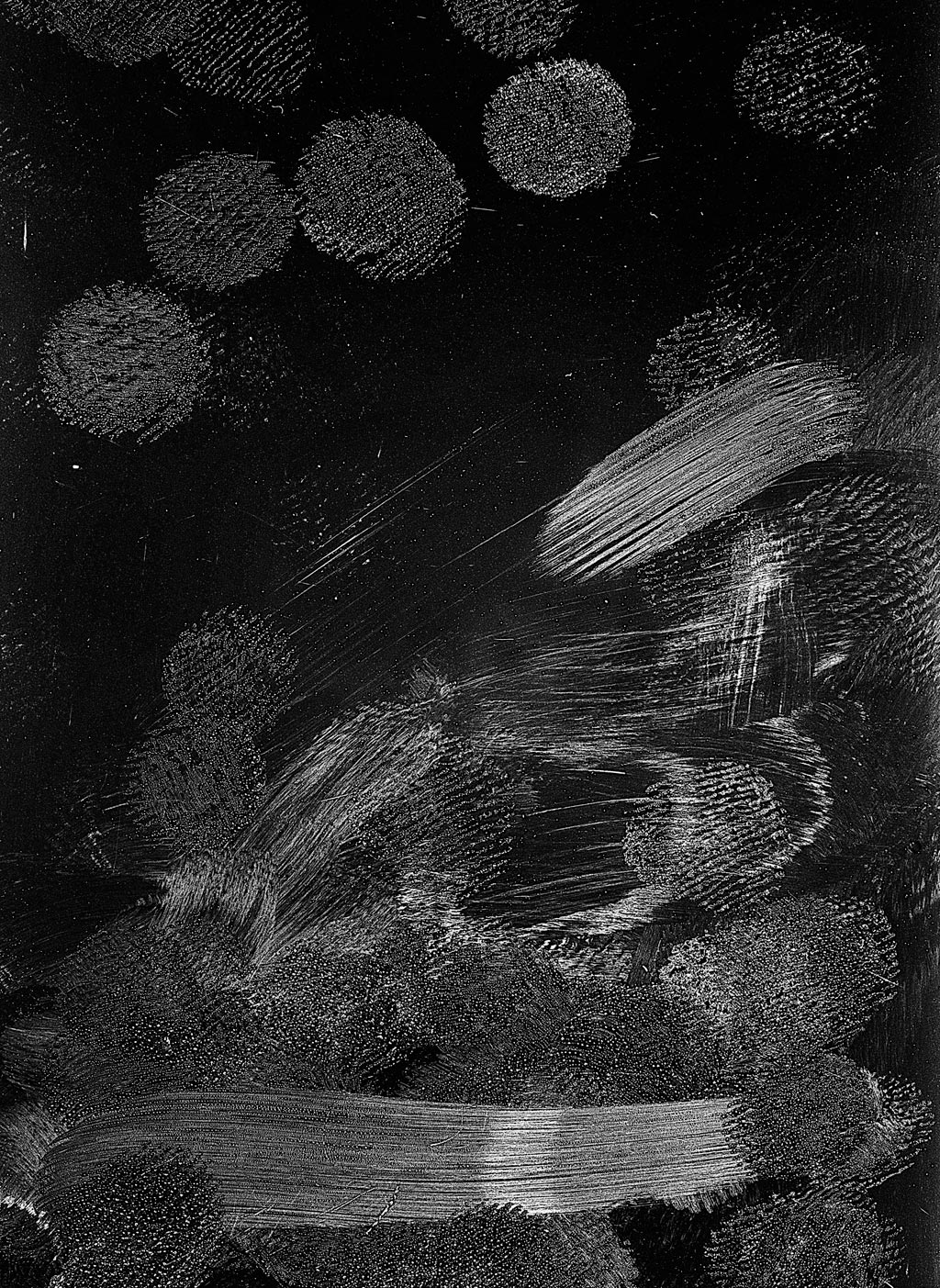
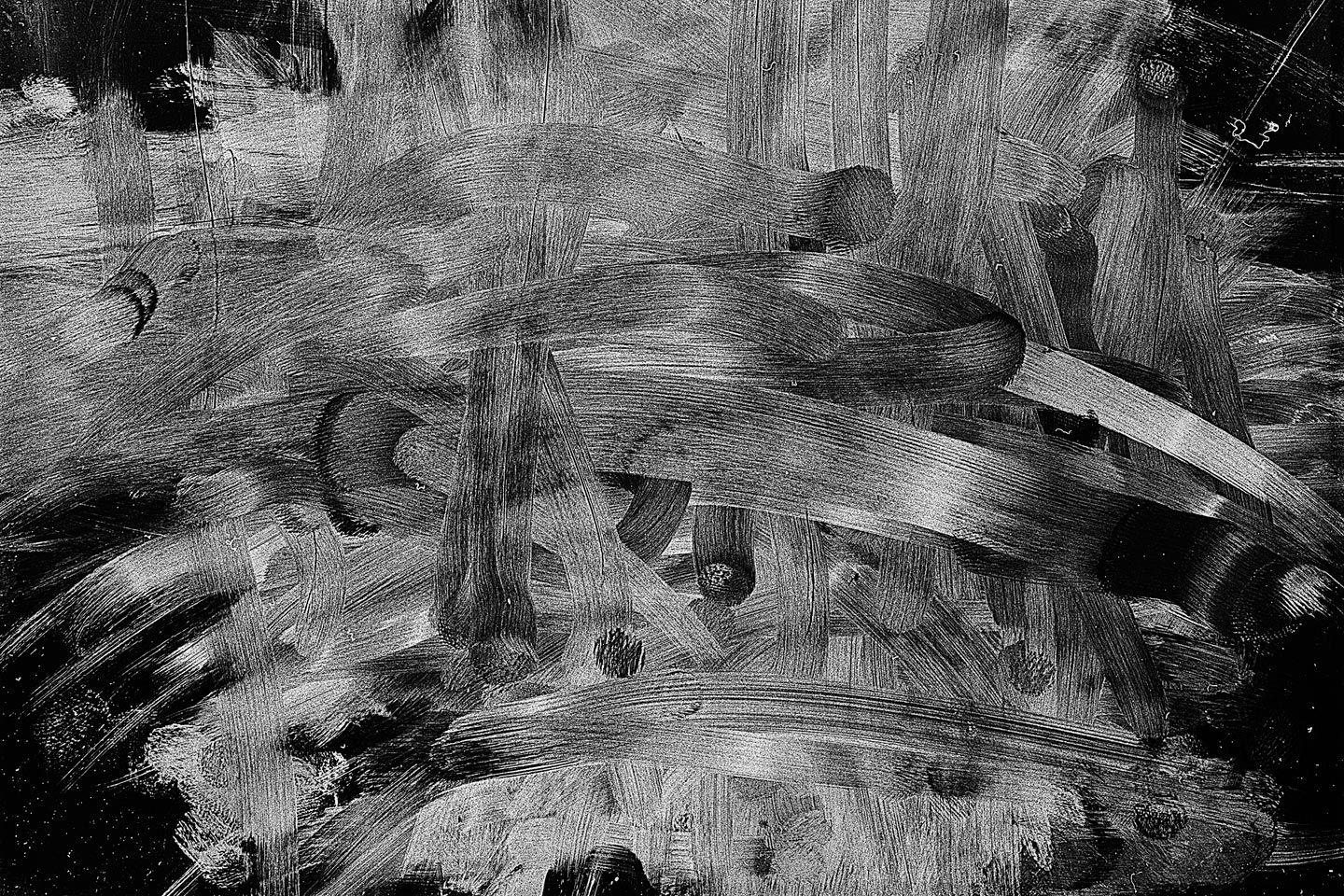
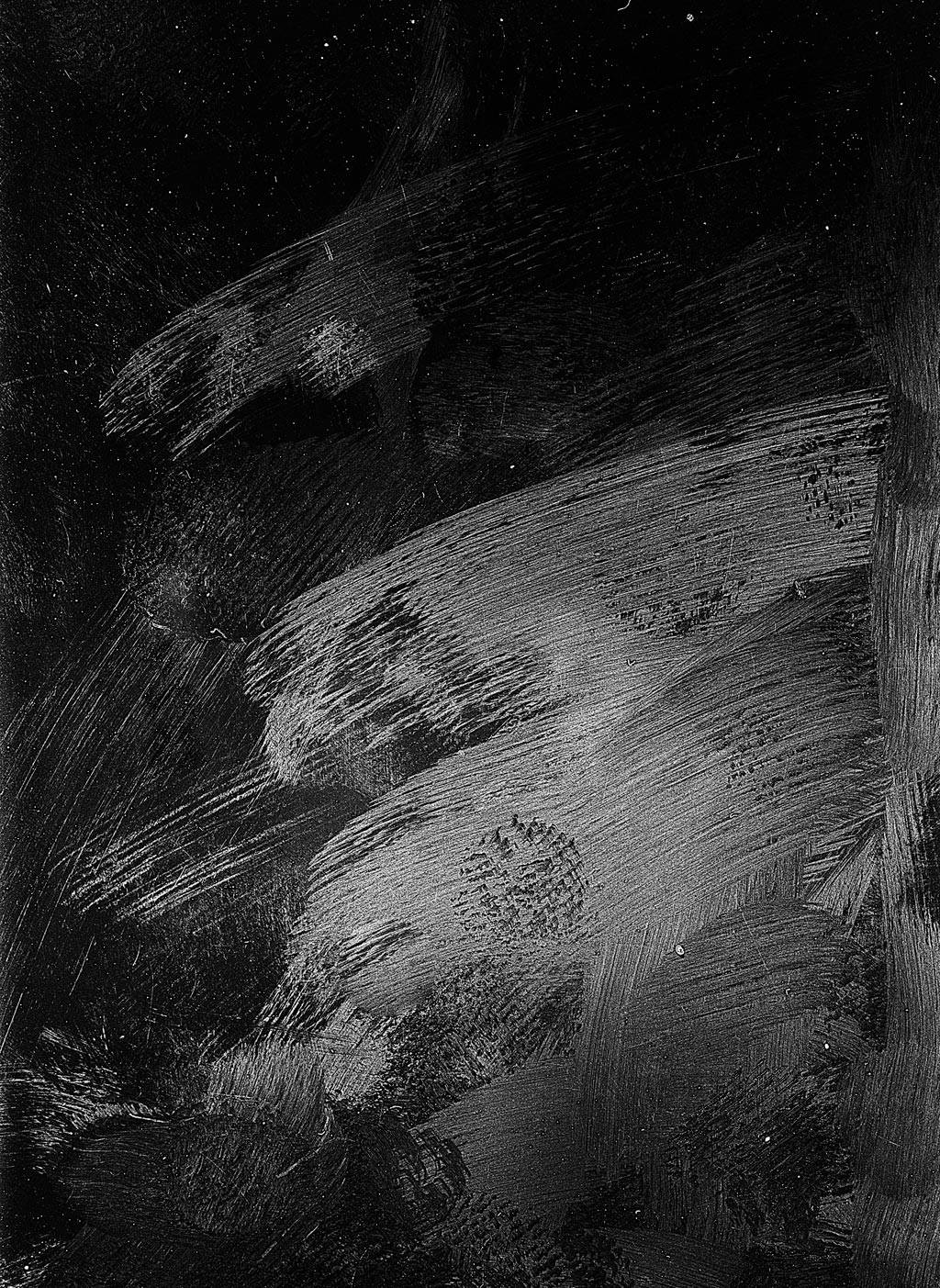
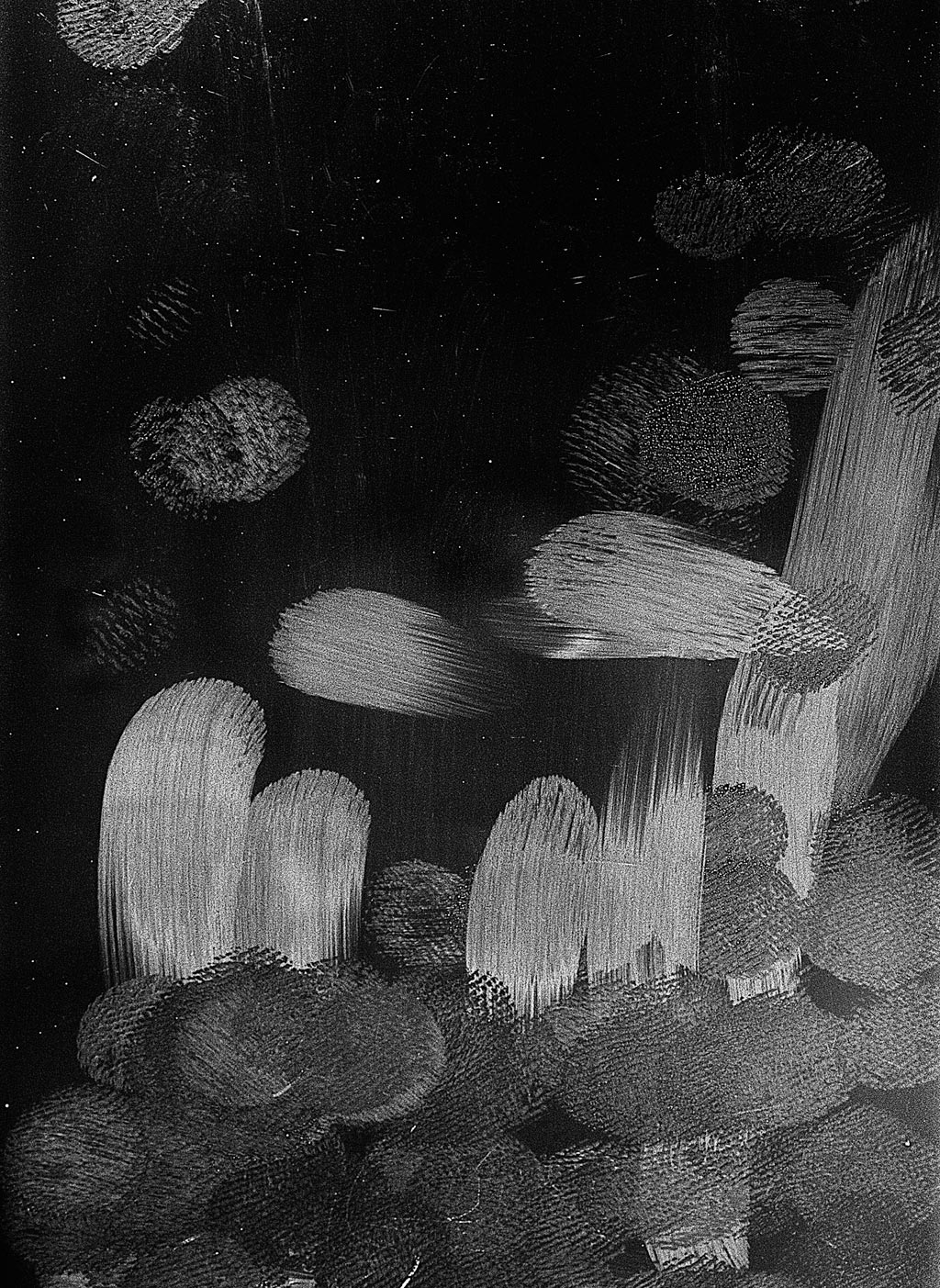
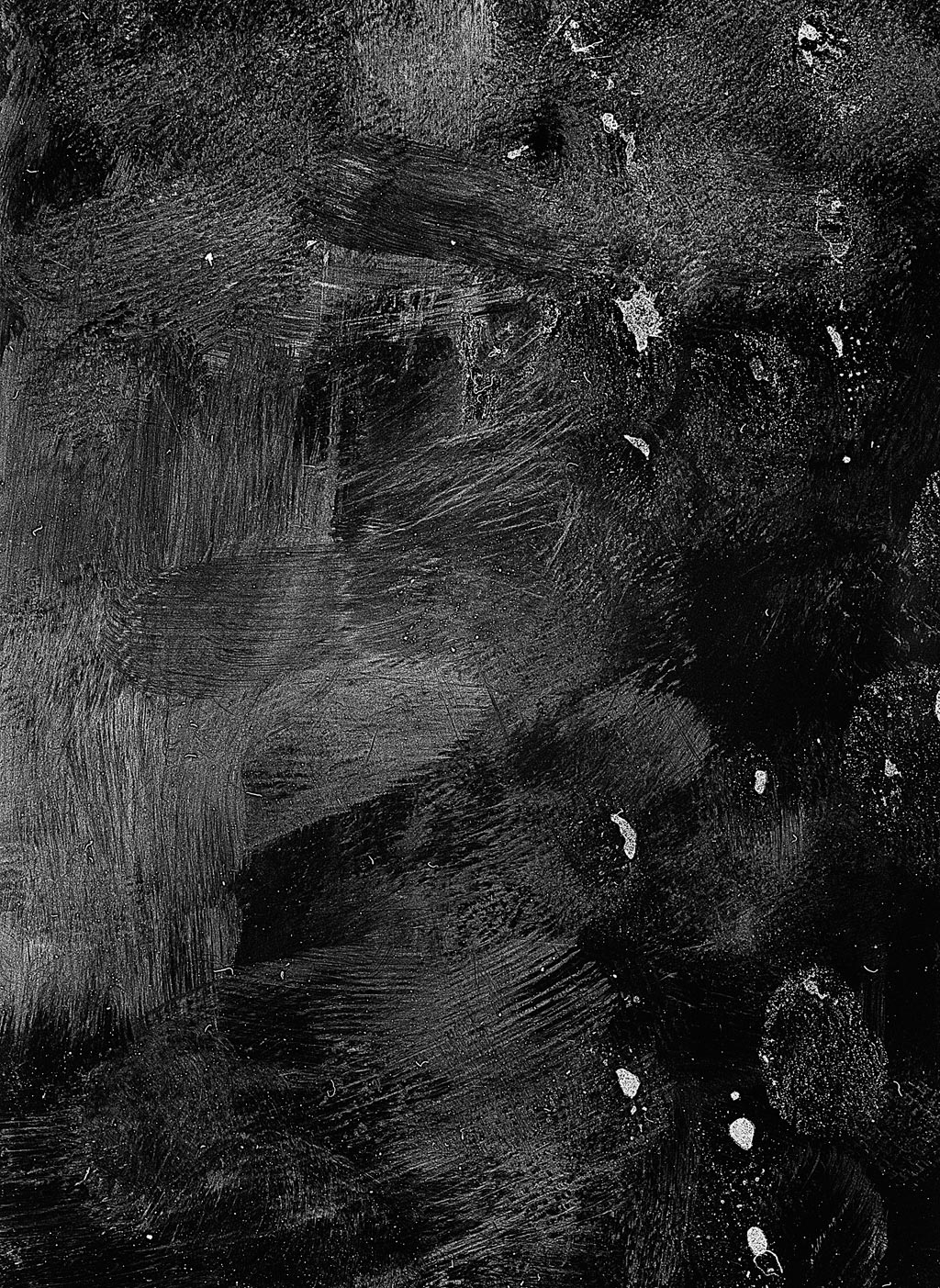
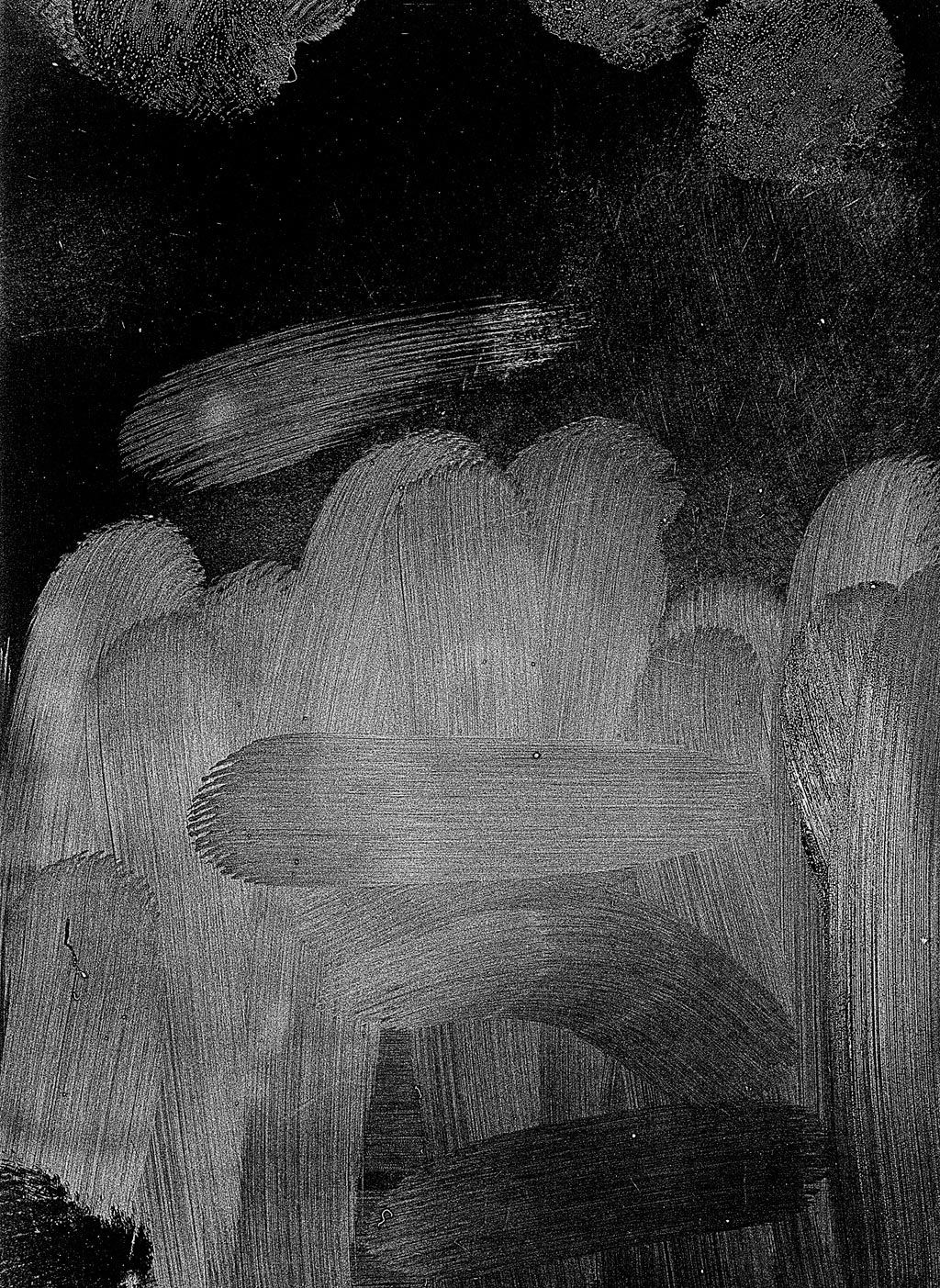
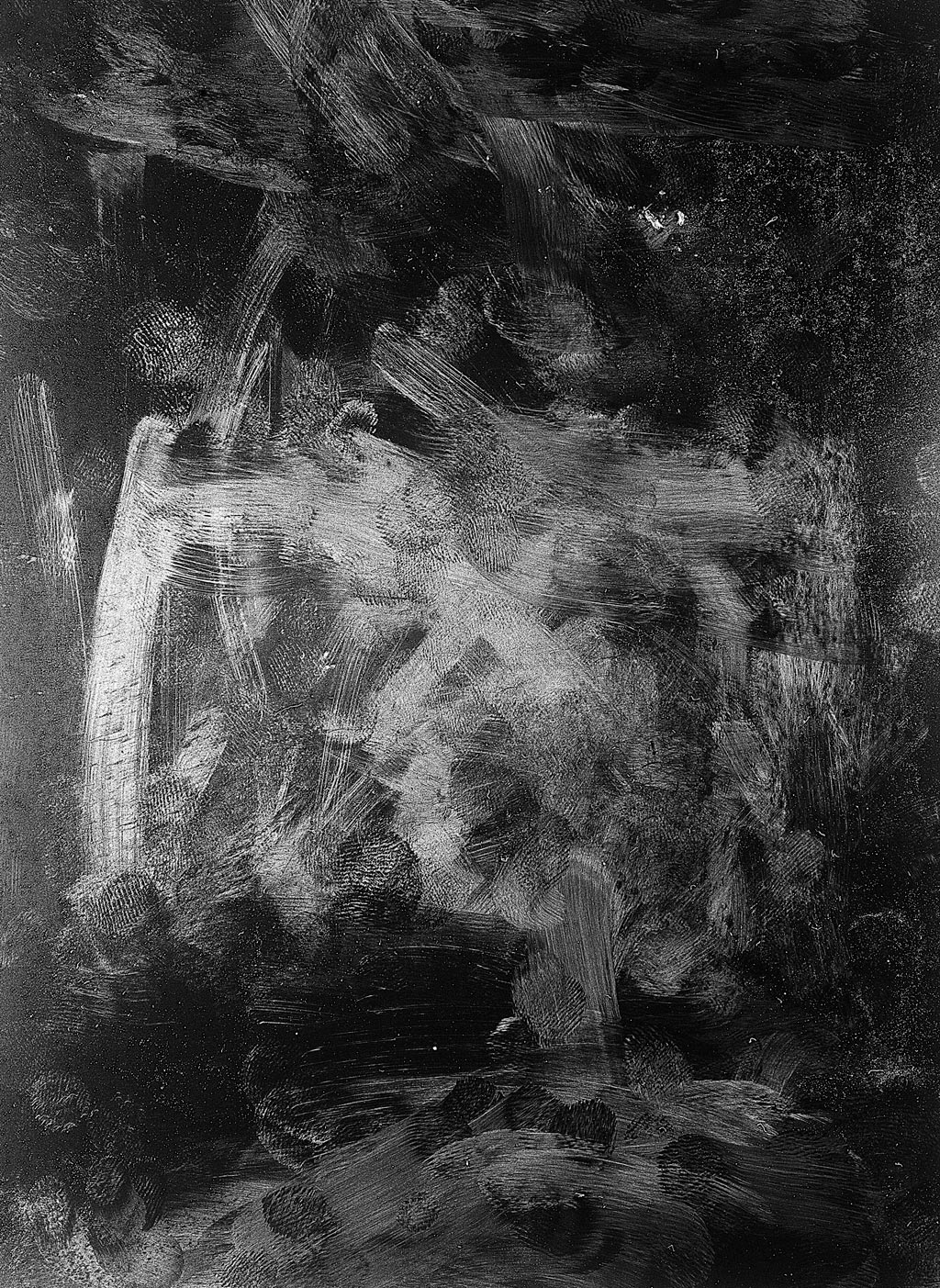
64 year-old photographer Jos Jansen discusses Battlefields, a series of close-up pictures of mobile device displays that aims at reflecting on our pervasive relationship with technology.
Battlefields is available as a photobook published by The Eriskay Connection – buy it here.
Hello Jos, thank you for this interview. What are your main interests as a photographer?
I am a visual artist and writer, fascinated by the relationship between man, nature, technology and science. Questions I ask myself are: where do people’s boundaries lie? Do we still control technology – or does technology control us? Although taking reality as a starting point, my narratives intend to be very personal and subjective, bridging the divide between reality and fiction and between art and documentary. My work methodology is based on photography, film and data visualization. Photobooks, exhibitions and video installations are the favorite media to present my work.
What is your relationship with technology?
Ever since I was a young boy, I’ve been intrigued by technology. As a child, I made small radio receivers, together with my dad. Later I became fascinated by hi-fi sets and the advent of colour television, and later still I was absolutely mesmerised by the developments of the digital revolution: compact discs, personal computers, DVDs, car navigation and smartphones. With each next step in the development of technology, I was intrigued by the new, unprecedented possibilities. I wasn’t so much interested in the technical details, but all the more so in the question of how a next generation of technology would be able to enrich my life with mystical and as yet unknown surprises.
How did you first get the idea for the Battlefields project, and what was your main intent in creating this body of work?
Battlefields stems more or less naturally from this question: are we still in charge of our smartphones and tablets or is it the other way around? I used to be very optimistic about new technologies. However, the last couple of years my view on technological developments has become a bit different. It’s not to say that I have the same pessimistic ideas on future technologies as philosopher Martin Heidegger used to have, but for sure I must say that my worries certainly have grown.
Can you talk a bit about how you approached and made the Battlefields images?
What started to interest me the most are the human traces that we daily leave on our displays. I got the idea to focus specifically on those traces and to capture them in a very forensic way. So I used photography as a forensic-scientific tool.
It took quite some time to realize this, technically speaking. It appeared to be extremely difficult to photograph a black mirror! In fact I had to build a small photo atelier with the smartphone or tablet in the middle and light coming from four sides. I had to do this in such away that the light sources made the camera, with a macro lens hanging above the device’s display, invisible in the mirror, while at the same time highlighting the human traces in their capacity of pinches, clicks and swipes.
Did you have any specific reference or source(s) of inspiration in mind while working on Battlefields?
The entire field of ‘big data’ and how they can be helpful or threatening to humanity is a major field of interest and inspiration for me. The photographic challenge in this area is: how can you visualize something that is invisible? This, by the way, is a major issue in modern photography and film since things are becoming more and more abstract.
In The Photographer’s Playbook I found an article by Gerry Badger, titled ‘What cannot be seen’. Gerry mentions some tools to visualize abstraction, one of them being the metaphor. Very interesting! I regularly use metaphors in my work, and also for this book I wanted to find something small that could represent something else which is extremely big. This took me to the place where our fingers daily perform choreographies that were unknown just a few years ago. It took me to the place where our physical world in fact merges into a virtual, irreversible and uncontrollable world: the interactive displays of our smart phones and tablets.
What have been the main influences on your photography?
Lee Friedlander is certainly one of the artists I admire. All his work is characterized by his very personal signature and at the same time it’s extremely rich regarding the scope of its contents.
Who are some of your favorite contemporary photographers?
Photography is currently changing very fast. Everybody makes numerous images. If we as photographers want to survive and further develop ourselves we have to find new ways of visualizing and documenting. Artists whom I very much respect are Adam Broomberg and Oliver Chanarin and the Belgium filmer-photographer David Claerbout.
Choose your #threewordsforphotography.
Search. For. Renewal.
Keep looking...

FotoCal — Photography Awards, Grants and Open Calls Closing in May 2025

FotoCal — Photography Awards, Grants and Open Calls Closing in April 2025

FotoCal — Photography Awards, Grants and Open Calls Closing in March 2025

FotoCal — Photography Awards, Grants and Open Calls Closing in February 2025

FotoCal — Photography Awards, Grants and Open Calls Closing in January 2025

FotoCal — Photography Awards, Grants and Open Calls Closing in December 2024

FotoCal — Photography Awards, Grants and Open Calls Closing in November 2024




